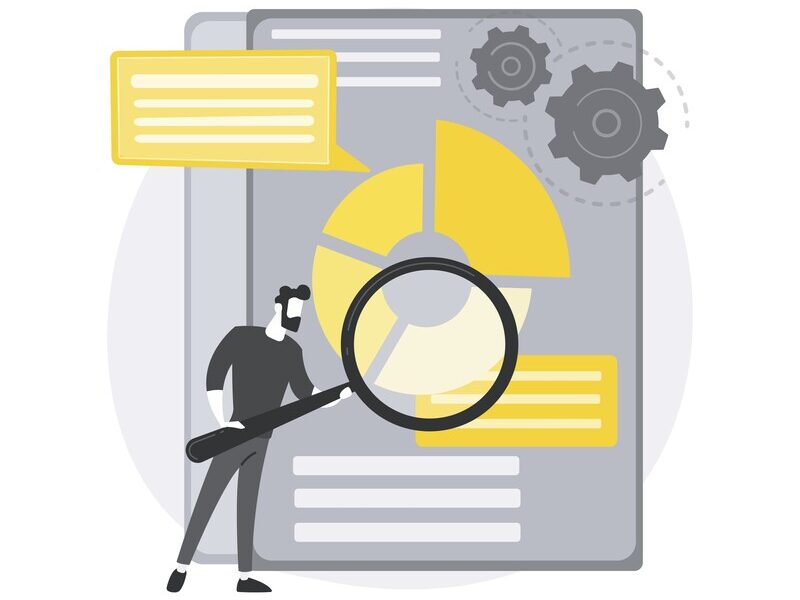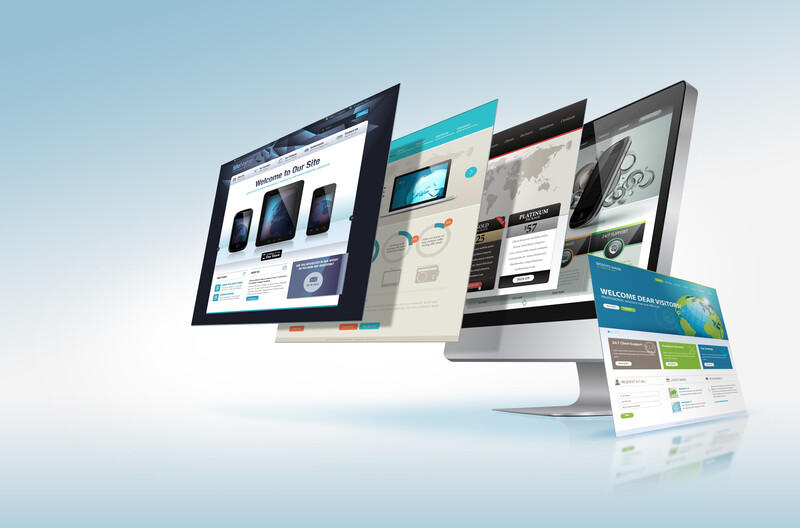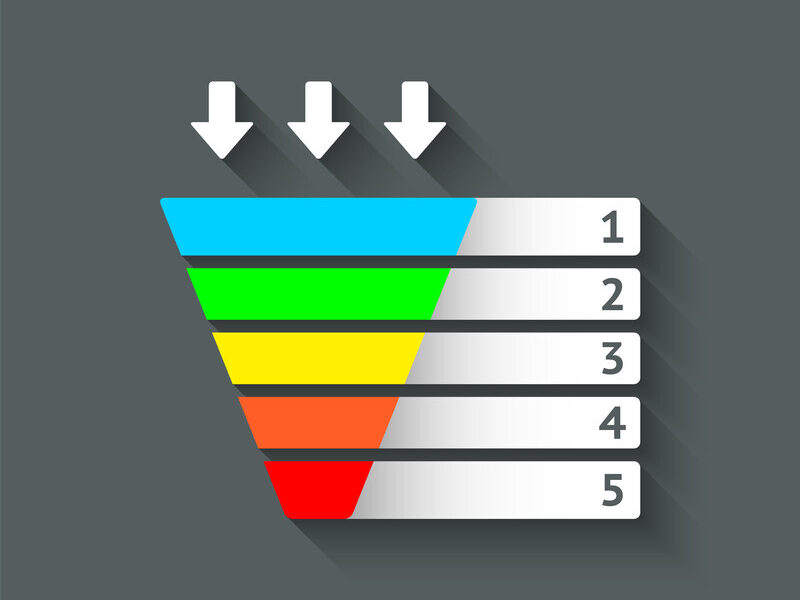In the world of sales and marketing, understanding the difference between a funnel and a pipeline is crucial for developing effective sales strategies. While both terms are frequently used interchangeably, they are not synonymous and serve distinct purposes in the sales process.
This article aims to provide a comprehensive understanding of the sales funnel vs sales pipeline debate and help you choose the best approach for your business.
Sales Funnel
A sales funnel is a visual representation of the customer journey, from the initial stage of awareness to the final stage of making a purchase. It is shaped like a funnel, with a broad top representing the high volume of leads entering the process, and a narrow bottom representing the converted customers. In essence, the sales funnel measures the conversion rates at each stage of the customer journey.
Sales Pipeline
A sales pipeline, on the other hand, is a systematic approach to managing prospects, qualifying leads, selling products or services, and retaining customers. It represents the stages that a lead moves through as they progress from being a new lead to becoming a customer. Sales pipelines are designed to help sales teams track, manage, and maximize their sales opportunities.
Main Differences Between Sales Funnel and Sales Pipeline
Visualization
- Sales Funnel: This visualizes the quantity and conversion rates of prospects through various stages of the customer journey.
- Sales Pipeline: This provides a visual representation of the different stages of the sales process, showing the quality and quantity of leads and their current stage in the purchasing process.
Tracking
- Sales Funnel: It tracks the stage of the lead, from discovering the product to turning into a buying customer.
- Sales Pipeline: It helps you track the stage of your lead at different stages of your sales pipeline process.
Reporting
- Sales Funnel: Sales funnel reports help you understand the change in the volume of customers from the initial stage of the funnel until they turn into customers. This allows you to make necessary adjustments to enhance each stage.
- Sales Pipeline: Sales pipeline reports provide an understanding of all possible future customers, helping you strategize the next steps and maximize lead conversions.
Measurement
- Sales Funnel: Sales funnels measure the conversion rate through your entire sales process.
- Sales Pipeline: Sales pipelines measure the stages of your sales process.
Focus
- Sales Funnel: The sales funnel is customer-centric, focusing on the customer journey and their decision-making process.
- Sales Pipeline: The sales pipeline is seller-centric, focusing on the actions taken by the sales team to move prospects through the pipeline.
Stages of Sales Pipeline
To efficiently practice sales pipelines, you need to have a detailed understanding of each stage of the sales pipeline. Here are the key stages:
1. Prospecting
Prospecting is the initial stage of the sales pipeline, where you target and approach the right audience using various communication channels and creating personalized content to engage with your audience.
2. Lead Qualification
Qualifying leads is about distinguishing the potential leads from all the prospects in your pipeline. This is a crucial stage as it helps you categorize potential leads that will proceed through the sales pipeline and potentially turn into buying customers.
3. Scheduling Appointments
In this stage, you persuade prospects to schedule a meeting by sharing your value proposition. Proper communication and follow-ups can help you set up meetings, which can be in-person, telephone, or video calls.
4. Sales Demo
Once you have successfully scheduled an appointment, you can provide a product demo to your lead, customizing it based on their pain points so they can connect with your product.
5. Negotiation
Negotiation is a stage that demands skillful handling. When done with mutual respect and understanding, a successful negotiation can benefit both the client and the company.
6. Closing
The closing stage is the final step in the sales pipeline process, where you either win or lose the deal. If you fail to win the deal, don’t lose hope; instead, you can return to the negotiation stage and give your best to turn the prospect into a customer.
Importance of Sales Pipeline
A sales pipeline is an essential part of the sales process, offering numerous benefits:
1. Forecasting Revenue Targets and Growth
A sales pipeline helps you manage prospects and determine the probability of lead conversion at each stage of the process, enabling accurate sales forecasting.
2. Reviewing Team Performance
Sales pipelines not only help track prospects but also monitor the performance of your sales team.
3. Analyzing Target Gap
By tracking leads, a sales pipeline helps you measure the difference between your set target and the achieved target, allowing you to identify areas where your sales team may be falling short.
4. Increasing Sales Figures
A well-managed sales pipeline helps increase sales figures by enabling timely follow-ups and better lead nurturing.
Stages of Sales Funnel
A sales funnel measures the volume of leads at various stages of the customer journey, helping you calculate conversion rates at each stage. Here are the key stages:
1. Awareness
The awareness stage is where potential customers first learn about your product or service through various channels such as social media, blogs, advertisements, or marketing campaigns.
2. Interest
In this stage, prospects show interest in learning more about your product or service to address their pain points.
3. Evaluation
At the evaluation stage, customers compare your offerings with those of your competitors to determine the best solution for their needs.
4. Decision
This is the stage where prospects decide whether to move further down the funnel or exit it, based on the information they have gathered about your product or service.
5. Revenue
The revenue stage is the final and narrowest part of the sales funnel, where you start generating revenue from your converted customers.
Importance of a Sales Funnel
The sales funnel plays a vital role in the success of your business, offering several advantages:
1. Evaluating Customer Journey
A sales funnel helps you analyze the volume of prospects at each stage of the customer journey, allowing you to identify areas that need improvement for better efficiency.
2. Selecting the Correct Marketing Activity
The sales funnel lets you choose the most effective marketing channel by identifying which channels contribute most to bringing prospects to your website.
3. Finding New Customers
The sales funnel allows you to measure the volume of new prospects and maintain contact with them, increasing the chances of converting them into future customers.
Sales Funnel vs Sales Pipeline: Which One is Right for You?
A sales pipeline provides insights into the actions taken by your sales team, while a sales funnel measures the conversion rates of prospects at each stage of the customer journey. To reap maximum benefits, it’s recommended to use both funnel and pipeline approaches in your sales process.
Conclusion
Both sales funnel and sales pipeline are critical components of the sales process. By implementing both strategies effectively, you can develop a successful sales strategy for growing your business.





